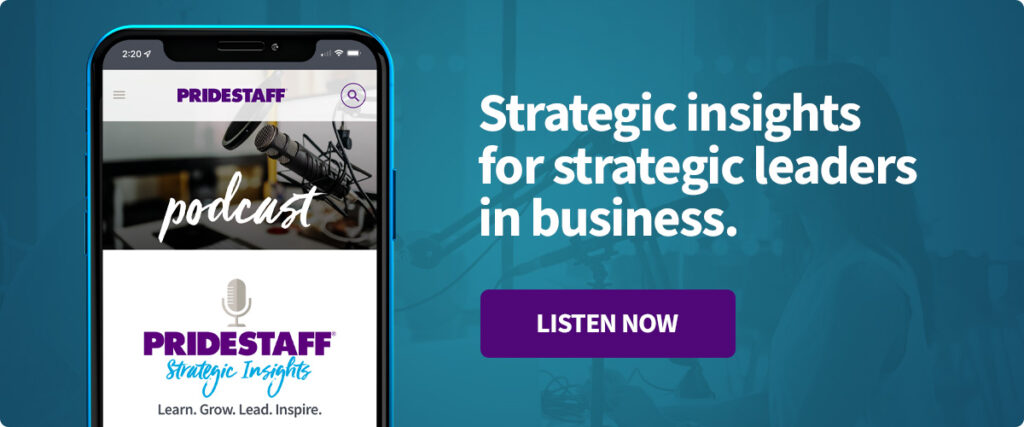Employee Engagement: Identifying Three Categories of Employee Engagement

Employee engagement is difficult to define, but experts agree it’s more than happiness, motivation, or job satisfaction. Definitions vary among organizations, but most include these two elements:
- The total effort employees expend on their jobs, including their passion and commitment to exceeding employer expectations.
- Employees’ relationship with and attachment to their work and the organization.
How Can You Tell if Your Employees Are Engaged?
According to Gallup, a global analytics and advice firm that helps leaders and organizations solve problems, there are three types of employees:
Engaged. This employee is highly involved and enthusiastic about their work. They are likely to put in extra time to make sure standards are met and go above and beyond to help customers and co-workers.
Not Engaged. This employee gets the job done but is driven by obligation, not enthusiasm, because their own engagement needs are not being met fully. Their work meets expectations but rarely exceeds them.
Actively Disengaged. Actively disengaged employees resent that their needs aren’t being met, and they are often vocal about their unhappiness at work, spreading negativity throughout their workforce.
What is the Best Way to Engage Employees?
Since employees make decisions every day that affect your organization, increasing engagement can have tremendous potential advantages for your organization. High levels of employee engagement have been tied to positive business outcomes in areas such as:
- Absenteeism
- Retention
- Customer loyalty
- Productivity
- Profitability
Taking action can increase engagement in your organization. Consider these ideas for connecting with your employees—and building a culture of engagement.
- Show you care. Checking in with your employees frequently can make a big difference in engagement. 52% of voluntarily exiting employees say their supervisor or organization could have done something to change their mind about leaving their jobs. Learning what matters to your employees—at work and personally—can help you better meet their needs.
- Be flexible. When possible, work with your employees to ease stress by offering work flexibility.
- Invest in their careers. Galvanize your employees’ interest in their work by providing career development opportunities. To remain engaged, employees often need to feel like their work had meaning and direction. Meeting with employees to review progress, discuss goals, and develop a career plan shows you value their work—and can inspire engagement and loyalty.
Want to learn more about driving engagement in your organization?
Download our eBook Putting Talent First: Engage to Win the Modern War for Talent.
PrideStaff is your partner for engaged talent and better business results. To learn how working with us could improve your staffing and hiring metrics, contact your local PrideStaff office today.
Related Posts




